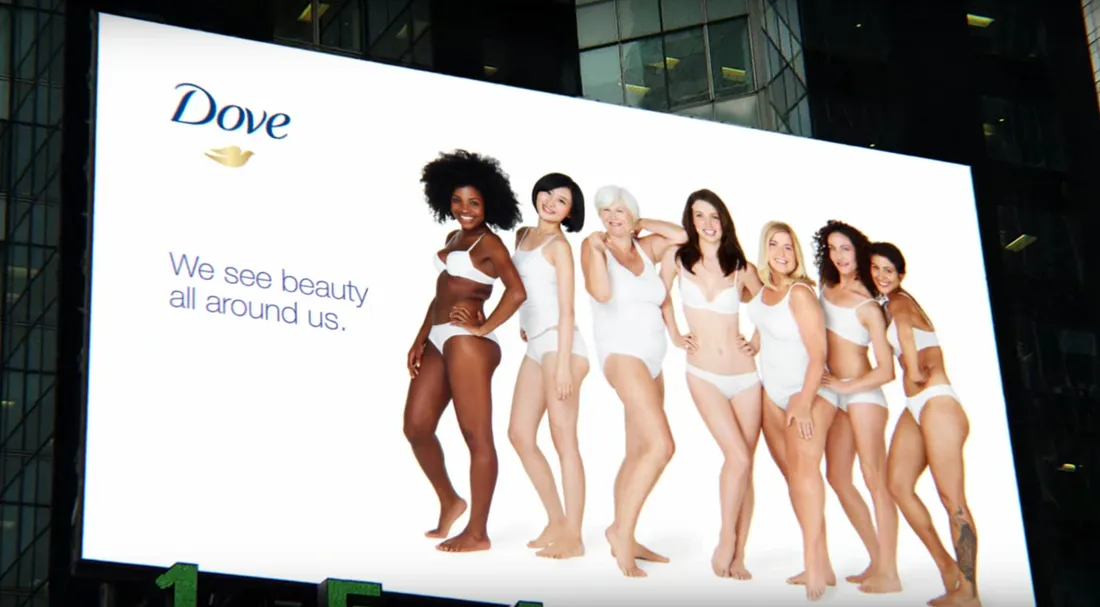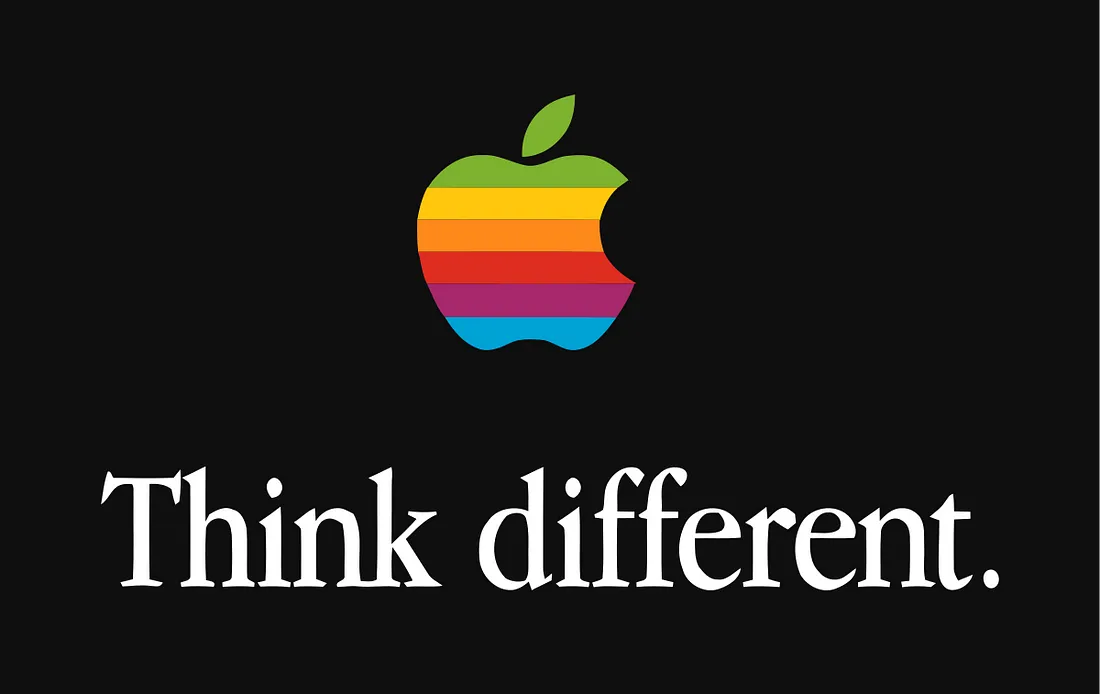At the heart of storytelling lies our innate human need for connection. We are wired to seek out narratives, to relate to characters, and to be moved by their journeys. When we hear a story, our brains become highly engaged, activating multiple areas associated with language processing, sensory experiences, and emotions. This heightened level of engagement makes storytelling an effective tool for capturing and retaining attention.
Let’s start with exploring how you can craft a compelling brand narrative that aligns with your brand’s identity and resonates with your target audience.
How to Craft a Compelling Brand Narrative
Crafting a compelling brand narrative is a deliberate and strategic process that brings your brand to life through storytelling. It involves weaving a captivating tale that aligns with your brand’s identity, resonates with your target audience, and leaves a lasting impression.
- Identify your brand’s core values and mission: To begin, it’s essential to identify the core values and mission of your brand. What do you stand for? What sets you apart? Understanding the essence of your brand will serve as the foundation for your narrative.
- Develop a narrative arc: A well-crafted brand narrative should follow a narrative arc — a structure that takes the audience on a journey. It typically includes elements such as an introduction, conflict or challenge, a resolution, and a conclusion.
- Incorporate storytelling elements specific to your brand: Incorporating storytelling elements specific to your brand can enhance the impact of your narrative. Consider using relatable characters, compelling anecdotes, or real-life examples that embody the values and attributes of your brand.
- Ensure alignment with your brand’s visual identity and overall brand experience: Another crucial aspect of crafting a compelling brand narrative is ensuring alignment with your brand’s visual identity and overall brand experience. Consistency in messaging, design, and tone of voice creates a cohesive and authentic brand story. From your logo to your website and marketing materials, every touchpoint should reflect the essence of your narrative.
- Prioritize authenticity: As you craft your brand narrative, remember that authenticity is paramount. It’s important to stay true to your brand’s identity and values, avoiding any form of inauthenticity or gimmickry.
What is the Impact of Storytelling on Brand Positioning?
Stories have always held a special place in our lives. They entertain, educate, and inspire us. But did you know that storytelling also has a remarkable impact on brand positioning?
Let’s explore the ways in which storytelling leaves a positive impact on a brand’s positioning.
- Engaging and captivating audiences: One of the key impacts of storytelling on brand positioning lies in its capacity to engage and captivate audiences. Stories have a unique ability to draw people in, creating a sense of curiosity, empathy, and relatability.
- Shaping brand perception: The narratives weaved around a brand can influence how it is perceived by consumers. The emotional resonance created through storytelling evokes positive associations and strengthens brand loyalty, ultimately enhancing brand positioning.
- Memorable and impactful communication: Instead of presenting dry facts and features, stories provide a context and meaning that resonate with audiences. Through narratives, brands can convey their values, benefits, and vision in a manner that is relatable and memorable.
- Driving brand advocacy: When consumers connect with a brand’s story on an emotional level, they become more than just customers — they become advocates. These brand advocates are passionate about the brand and its story, willingly sharing their experiences with others.
Video: Jeff Freedman - Ted Talk, reveals how brands can craft and share a story that audiences want to be a part of.
Examples of Unforgettable Brand Stories
1. Nike — Just Do It
Nike’s brand story revolves around the empowerment of athletes and the pursuit of greatness. Through their “Just Do It” campaign, Nike has successfully inspired millions of individuals to push their limits, overcome obstacles, and achieve their dreams.
2. Coca-Cola — Share a Coke

Coca-Cola’s “Share a Coke” campaign tapped into the power of personalization and connection. By replacing its iconic logo with popular names and phrases, Coca-Cola encouraged people to share a Coke with someone special in their lives. This campaign sparked conversations, created a sense of nostalgia, and fostered a feeling of inclusivity. Through storytelling, Coca-Cola transformed its brand into a catalyst for meaningful connections and memorable experiences.
3. Dove — Real Beauty

Dove’s “Real Beauty” campaign challenged traditional beauty standards and celebrated the diversity and authenticity of women. By showcasing real women of different ages, sizes, and backgrounds, Dove aimed to redefine beauty and promote self-acceptance. This powerful narrative struck a chord with consumers who were tired of idealized representations of beauty. Dove’s brand story became synonymous with inclusivity, empowerment, and body positivity.
4. Apple — Think Different

Apple’s brand story revolves around innovation, creativity, and challenging the status quo. Through its “Think Different” campaign, Apple celebrated the rebels, the dreamers, and the visionaries who have changed the world. By aligning its brand with influential figures like Steve Jobs and highlighting their revolutionary ideas, Apple positioned itself as a brand that fosters creativity and empowers individuals to think differently.
The Future of Storytelling in Brand Positioning
As technology continues to evolve and consumer preferences shift, the future of storytelling holds immense potential in shaping brand positioning.
- Interactive and Immersive Experiences: With advancements in virtual reality (VR), augmented reality (AR), and mixed reality (MR), brands can create immersive storytelling experiences that transport consumers into captivating virtual worlds.
- Personalization at Scale: Personalization will play a pivotal role in the future of brand storytelling. As data analytics and artificial intelligence (AI) capabilities continue to improve, brands can gather insights about individual consumers and tailor their brand stories to resonate on a personal level.
- User-Generated Content: The rise of social media and content creation platforms has given consumers the power to become storytellers themselves. Brands can leverage user-generated content (UGC) to incorporate authentic and relatable narratives into their brand positioning strategies.
- Multichannel Storytelling: With the increasing number of platforms and channels available, brands have the opportunity to tell their stories across various touchpoints. From social media platforms to podcasts, videos, and live streaming, brands can leverage multiple channels to reach their target audience effectively.
- Storytelling with Purpose: In an era where consumers are more socially and environmentally conscious, brands that align their narratives with a higher purpose can create a deeper impact. Storytelling that focuses on social responsibility, sustainability, and positive change can resonate strongly with consumers, elevating brand positioning and fostering brand loyalty.
As we conclude our exploration of the impact of storytelling on brand positioning, one thing becomes clear: stories have the power to transcend the boundaries of marketing and create meaningful connections. In an era where consumers seek authenticity, emotions, and purpose, brands that master the art of storytelling will thrive.
Source: medium.com

